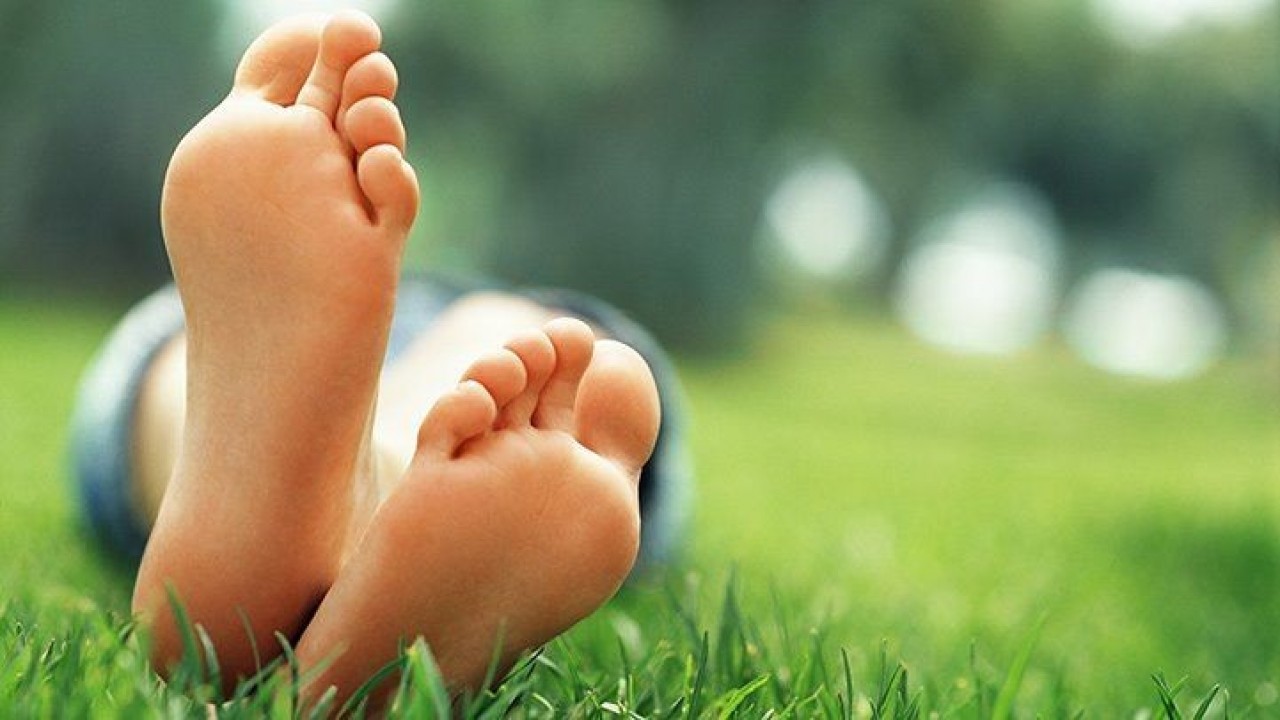
Healthy feet are necessary to stay active and confident. So, neglecting your feet can cause unnecessary pain and other foot problems. Fortunately, it is easy to keep yourself active and your feet pain free.
1. Keep your feet clean and dry: - Healthy feet start with good hygiene. Clean and scrub your feet with soap and water when in bathe. Then dry them well. Any excess moisture between your toes can create a great environment for a fungal infection to begin.
2. Examine your feet problems: - Have a self-examination of your feet once a week when you are taking a shower or bath. When drying your feet take a good look on the soles for any scaling and between your toes for peeling areas. This can be a signal of athlete’s foot. Look for discolouration of your nails too this can indicate nail fungus.
3. Cut toenails properly: -Cut nails straight across and avoid trimming too close to the skin or drastically rounding the corners of the nails, which can cause painful ingrown toenails.
4. Don’t hide ugly nails with polish: - A discoloured, thick, cracked or crumbling nail could signal a nail fungus. Applying nail polish to an infected nail could make the problem worse.
5. Protect your feet in public areas: - Be sure to wear shower shoes at the gym, in locker rooms and at public pools. These areas tend to be breeding grounds for fungi that can lead to infections.
6. Head off sweaty feet: - Perspiration creates the perfect environment for bacteria to set up a shop. Wearing socks that keep feet dry will help your feet stay healthy. Avoid wearing excessively tight pantyhose, which trap moisture.
7. Wear shoes that fit properly: - Shoes that are too tight can cause long-term foot problems. Have shoes that compensate for foot swelling that occurs at the end of the day. Choose a broad, rounded show with plenty of room for your toes and a wide, stable heel. Pointy shoes can cramp your toes and can cause ingrown toenails and calluses.
8. Know when to see a Doctor: - Never try to self-treat painful feet. Any pain, redness, swelling or discoloration that persist should be checked. Usually the problem can be cleared up with prescription medicine or minor treatment. Taking look when the problem is minor will avoid making the problem worse.

 Healthy habits help people sidestep clogged leg arteries
Healthy habits help people sidestep clogged leg arteries



